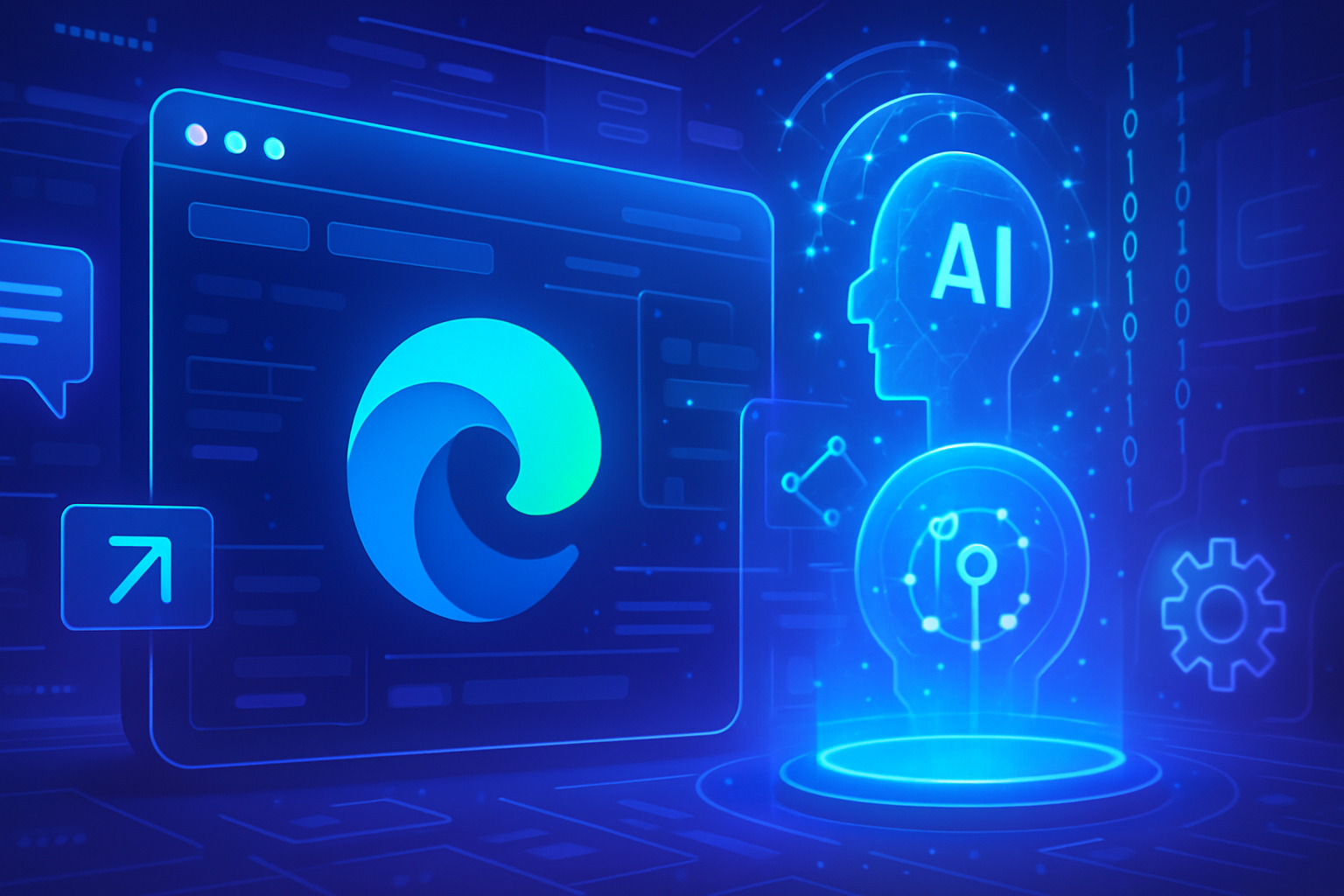AI code, perfect code. Recent advances in artificial intelligence are transforming the way we generate and use computer code. The accuracy of code generated by language models presents a major challenge, both for experienced developers and non-experts. Ensuring adherence to the fundamental rules of each programming language is essential to avoid catastrophic failures.
Researchers are working to improve the reliability of code outputs while enabling increased accessibility for all. With intelligently designed architectures, it becomes possible to ensure a coherent and robust production that adapts the capabilities of language models to the complexity of computing tasks.
LLM Control Technology
Researchers at MIT have developed an innovative method to enhance the accuracy of generated code from large language models (LLM). This advancement lies in the ability to automatically guide an LLM towards producing text that conforms to the rules of a specific programming language, while eliminating errors.
The innovative approach allows for the efficient allocation of the model’s efforts regarding the outputs most likely to be valid and accurate. Through this probabilistic method, gains in computational efficiency are detected, making code generation faster and less prone to errors.
Efficiency Relative to Model Size
The performance of this architecture allows small LLMs to outperform larger models. In various use cases, including molecular biology and robotics, these smaller models have demonstrated superiority. Tests revealed that, for example, an open-source model produced more accurate Python code than its commercial counterpart, which was twice as large.
This finding could transform the way non-technical professionals interact with AI. For instance, writing complex SQL queries could be simplified by using only natural language prompts.
Structure and Meaning Control Techniques
Controlling the structure of text generated by LLMs is no small feat. Traditionally, verifying the validity of an entire code would waste resources if the code failed. In contrast, incremental verification, while ensuring structural compliance, is prone to distorting the meaning intended by the user.
Researchers have integrated technical knowledge directly into the LLM, allowing it to generate outputs by aligning structure and meaning. This is achieved using a technique called Sequential Monte Carlo, which fosters competition among different text generations, thereby optimizing the quality of results.
Future Applications and Broader Impact
In the long term, this technology could have varied applications. Automated data modeling systems, as well as conversational interfaces with AI, could benefit from this ability to converse intelligently on specific topics. Users could pose complex questions while receiving well-structured and contextually appropriate answers.
Research on LLMs goes beyond simple algorithms. It also examines how machines can understand and communicate meanings, making this technology particularly relevant to fields such as linguistics and cognitive science.
The implications of this study could transform human interaction with AI, opening up opportunities for more accessible content creation and data processing. These innovations in the accuracy of AI-generated code will help make AI relevant for a wide range of users.
User FAQ on Improving AI-Generated Code Accuracy in All Languages
How can a language model improve the accuracy of generated codes?
Language models use advanced techniques to dynamically allocate resources, focusing on the most promising outputs and thus reducing the chances of structural or semantic errors in the generated code.
What methods can be applied to ensure the validity of code generated by AI?
Approaches such as proactive output verification and knowledge engineering can help prevent errors. This ensures that the code complies with the rules of the chosen programming language.
Can I use this technology without being a programming expert?
Yes, by integrating simplified user interfaces and natural language prompts, this technology enables non-experts to generate complex queries without needing in-depth knowledge of programming languages.
What types of programming languages can benefit from these improvements?
Diverse languages like Python and SQL, as well as environments like molecular biology and robotics, can take advantage of these methods to generate precise and tailored code.
How does the Sequential Monte Carlo methodology contribute to code accuracy?
The Sequential Monte Carlo method allows for parallel output generation, where the best options are prioritized, thereby increasing the chances of obtaining valid and correct code.
What are the benefits of using small LLM models for coding?
Small LLM models often prove to be more efficient than their larger counterparts in certain use cases, offering increased accuracy with lower computational resources.
Can this approach reduce development time for coding projects?
Yes, by facilitating the rapid generation of correct code, developers can focus their efforts on more creative and complex tasks, thereby reducing overall development time.
How can users specify their needs in terms of code structure and meaning?
Users can specify their constraints and expectations directly through user-friendly interfaces. The system integrates these inputs to guide the model in generating results that align with the given objectives.






